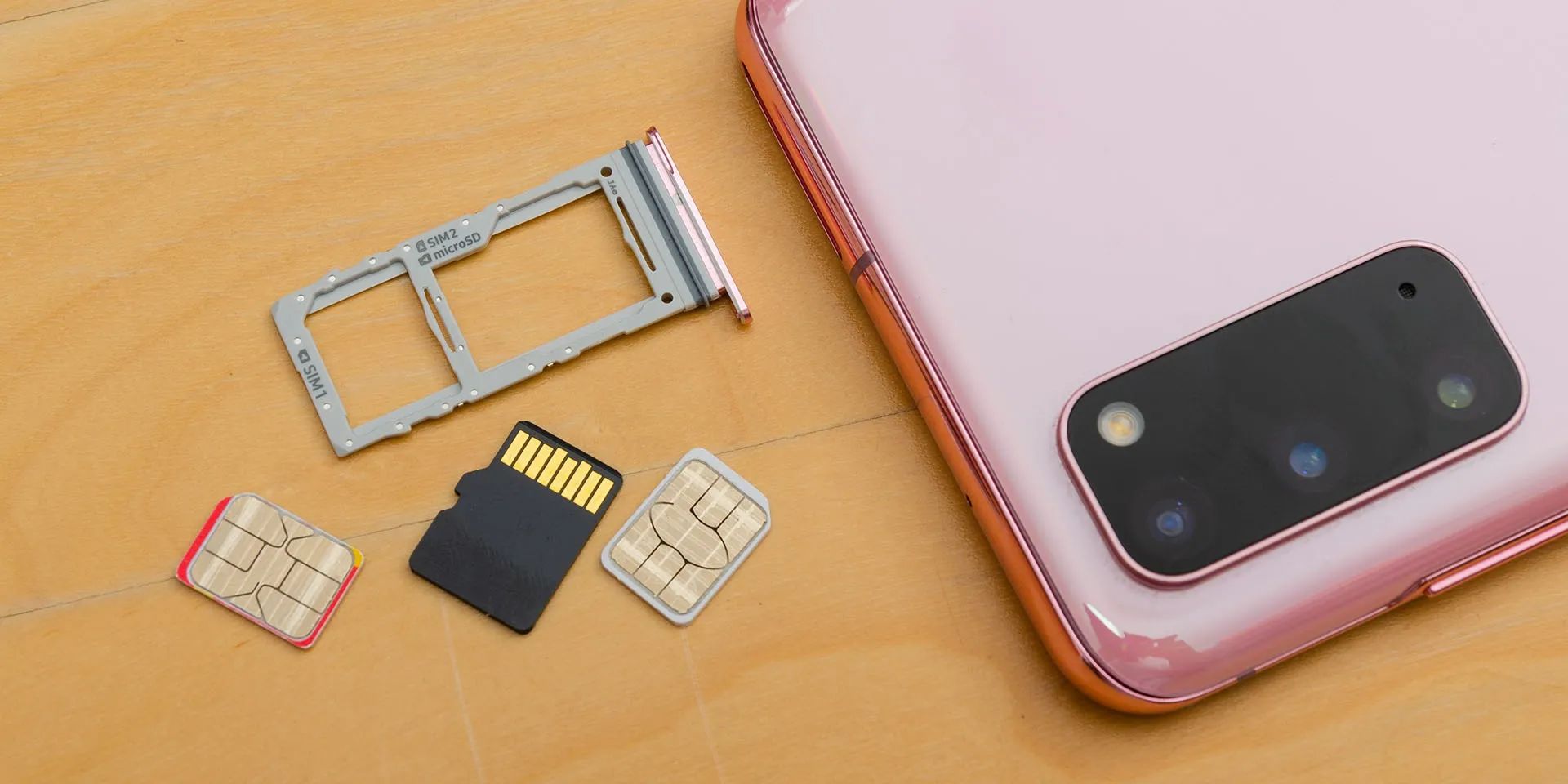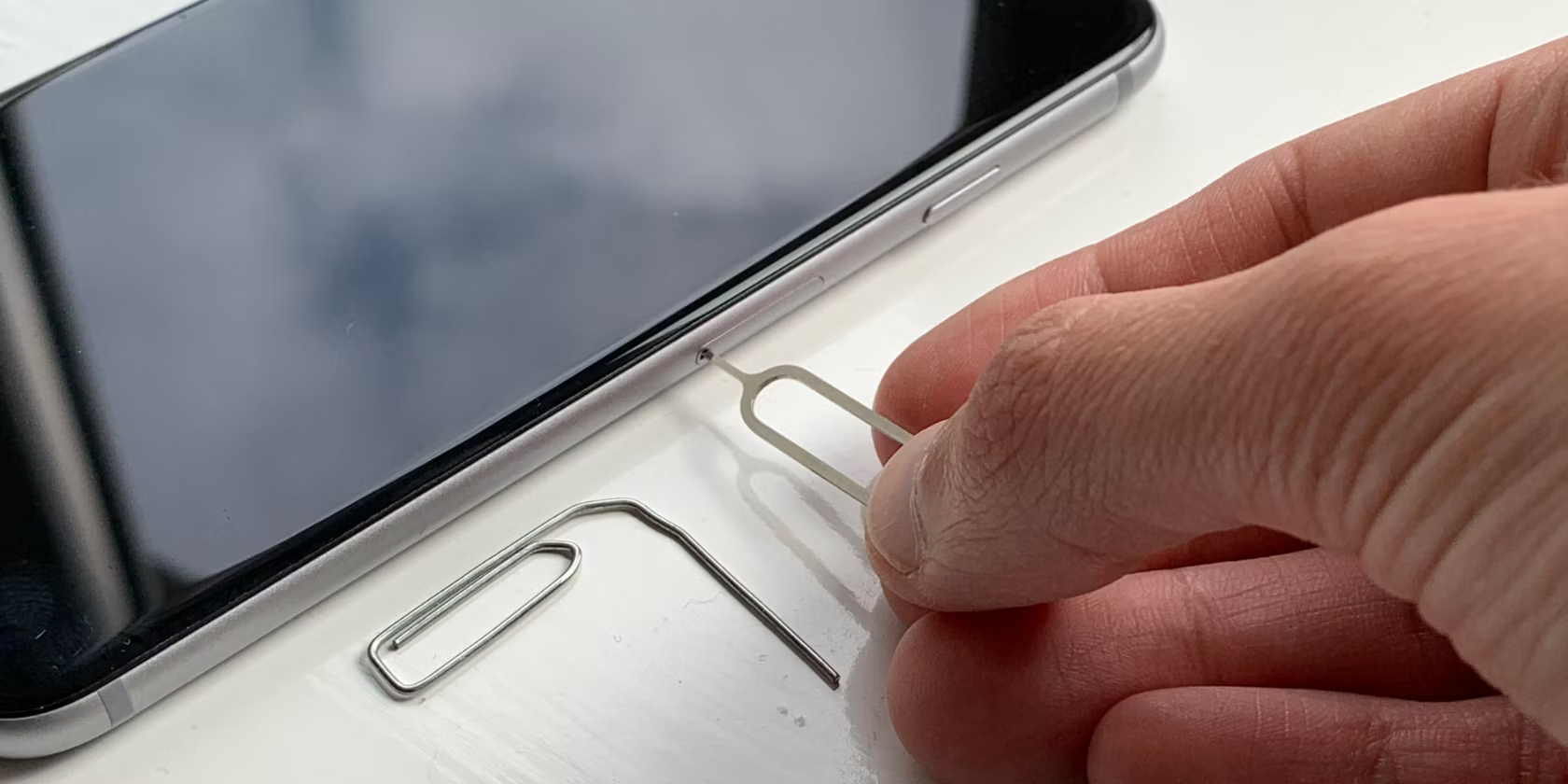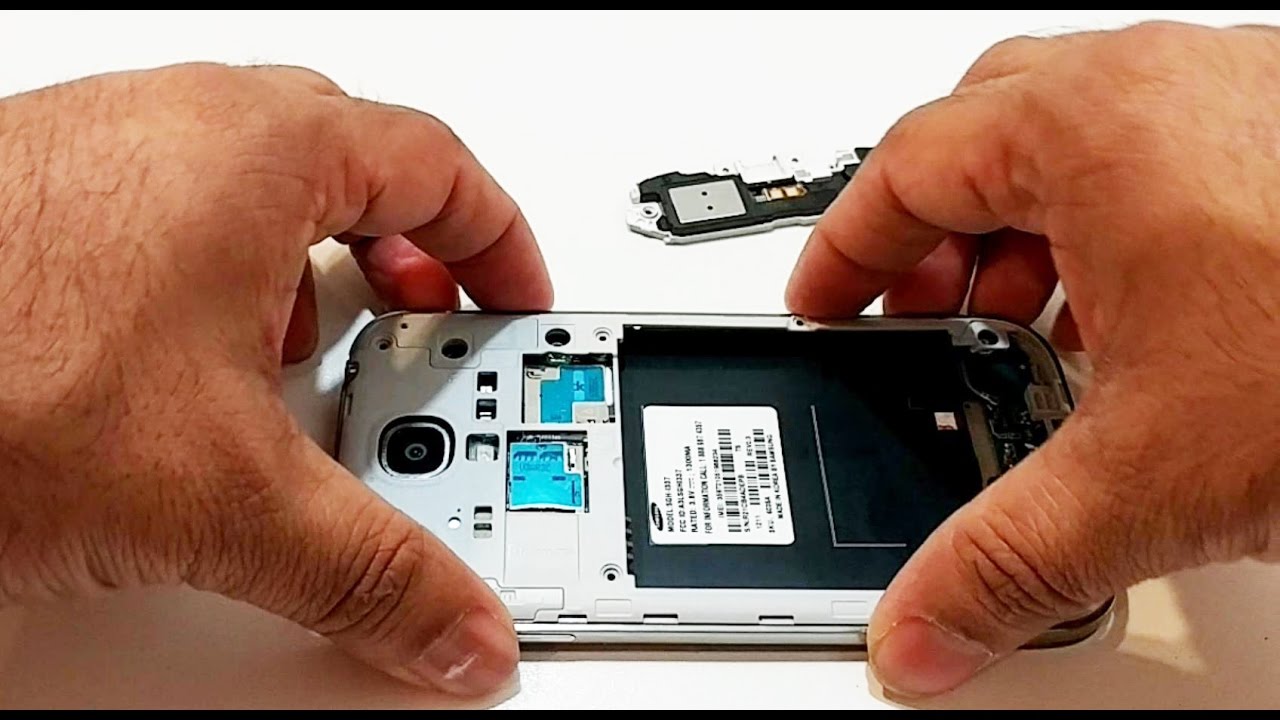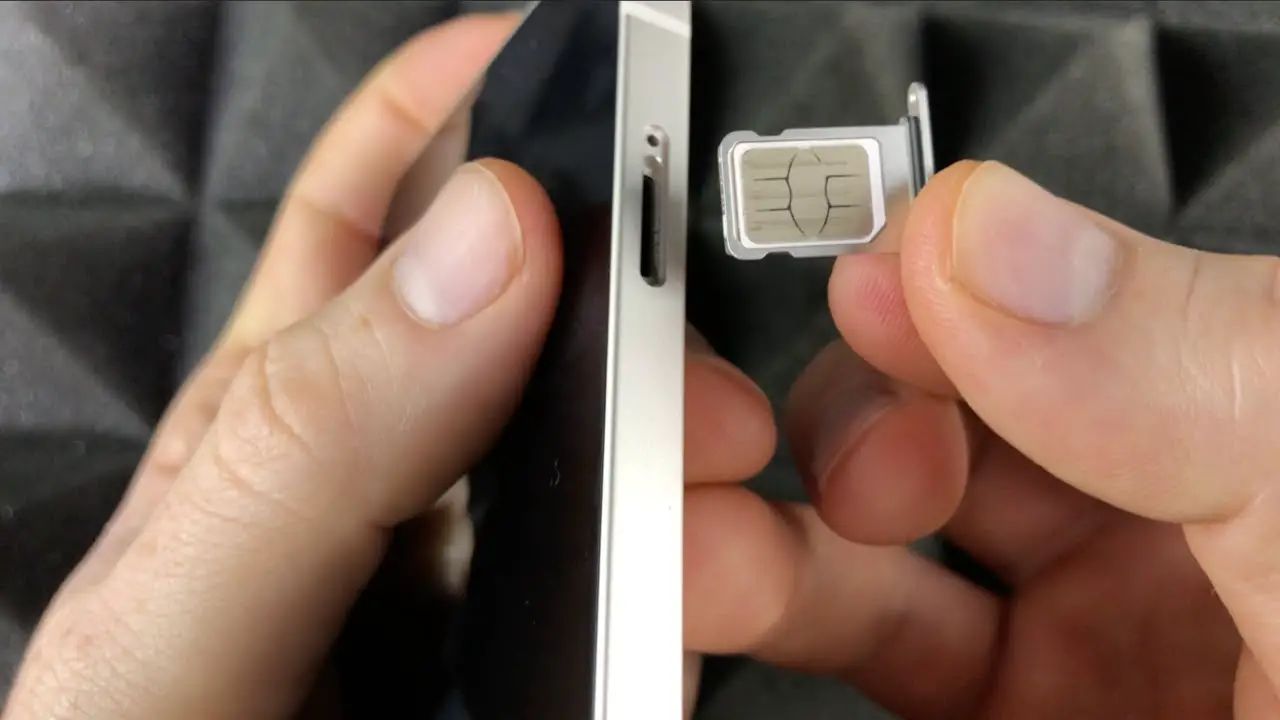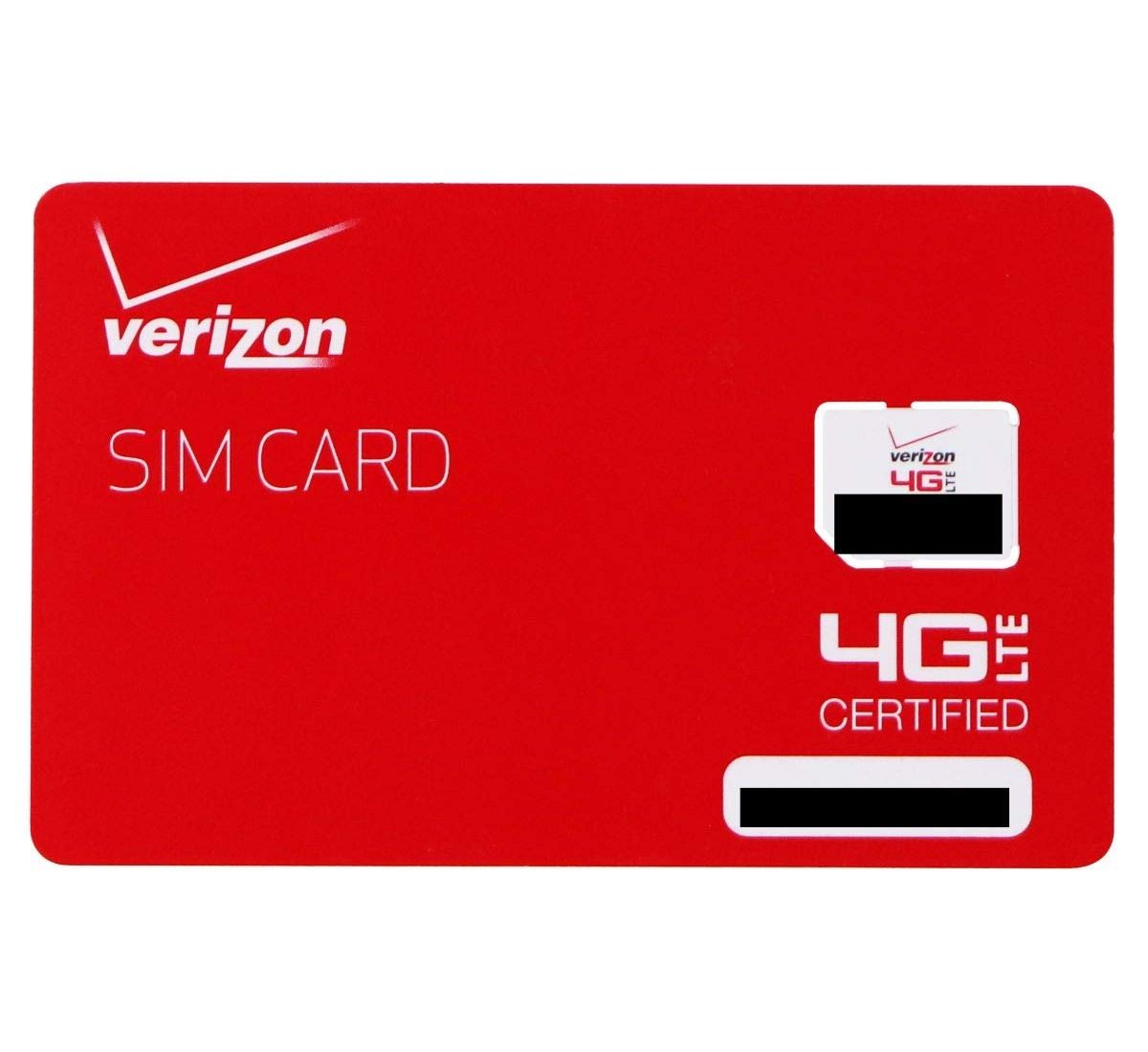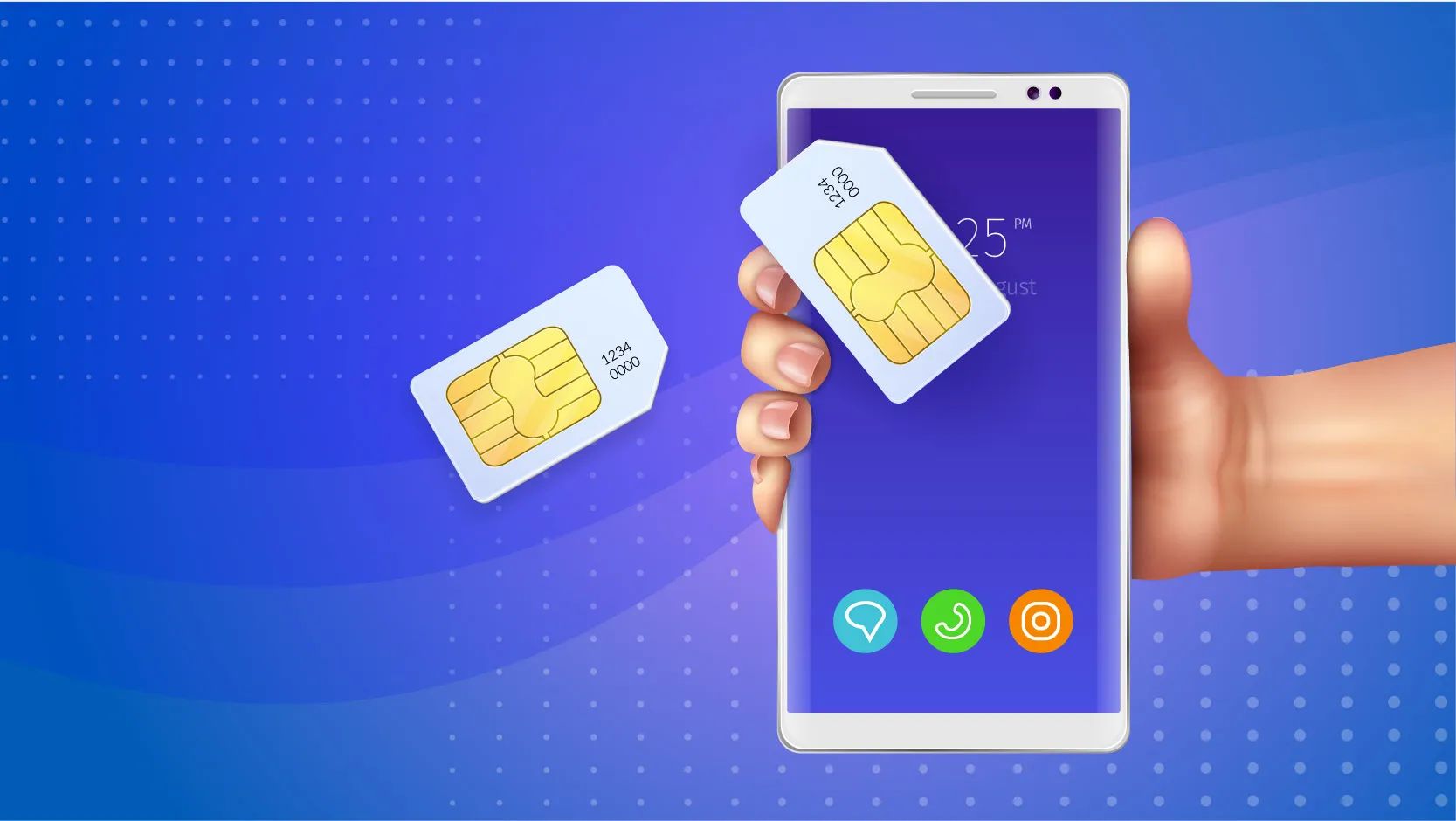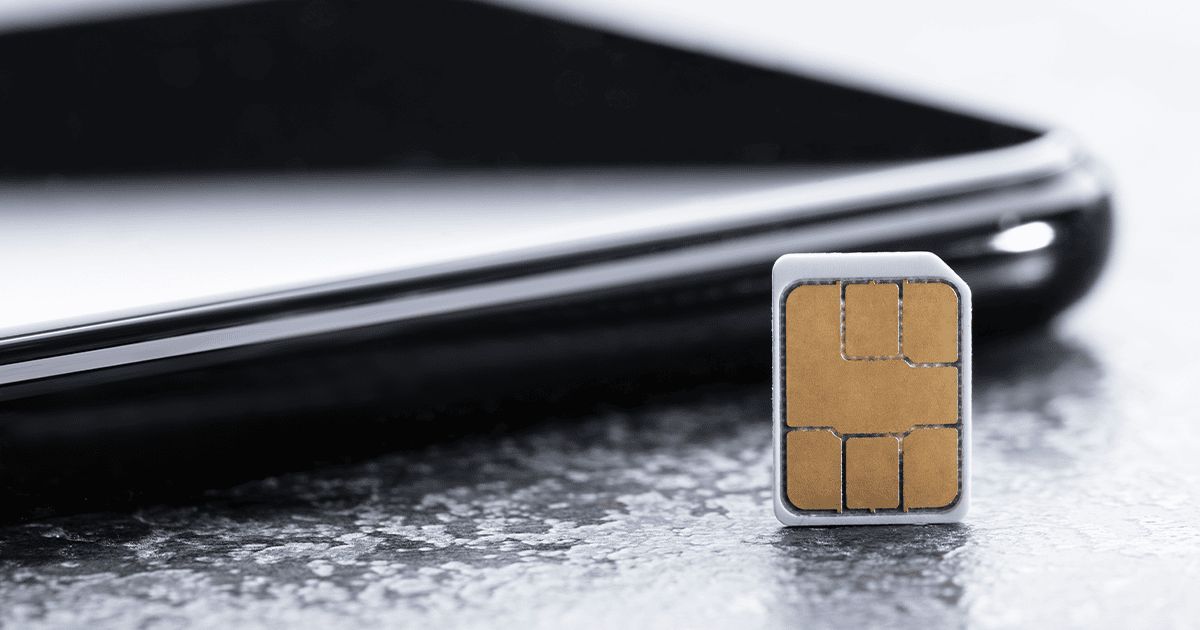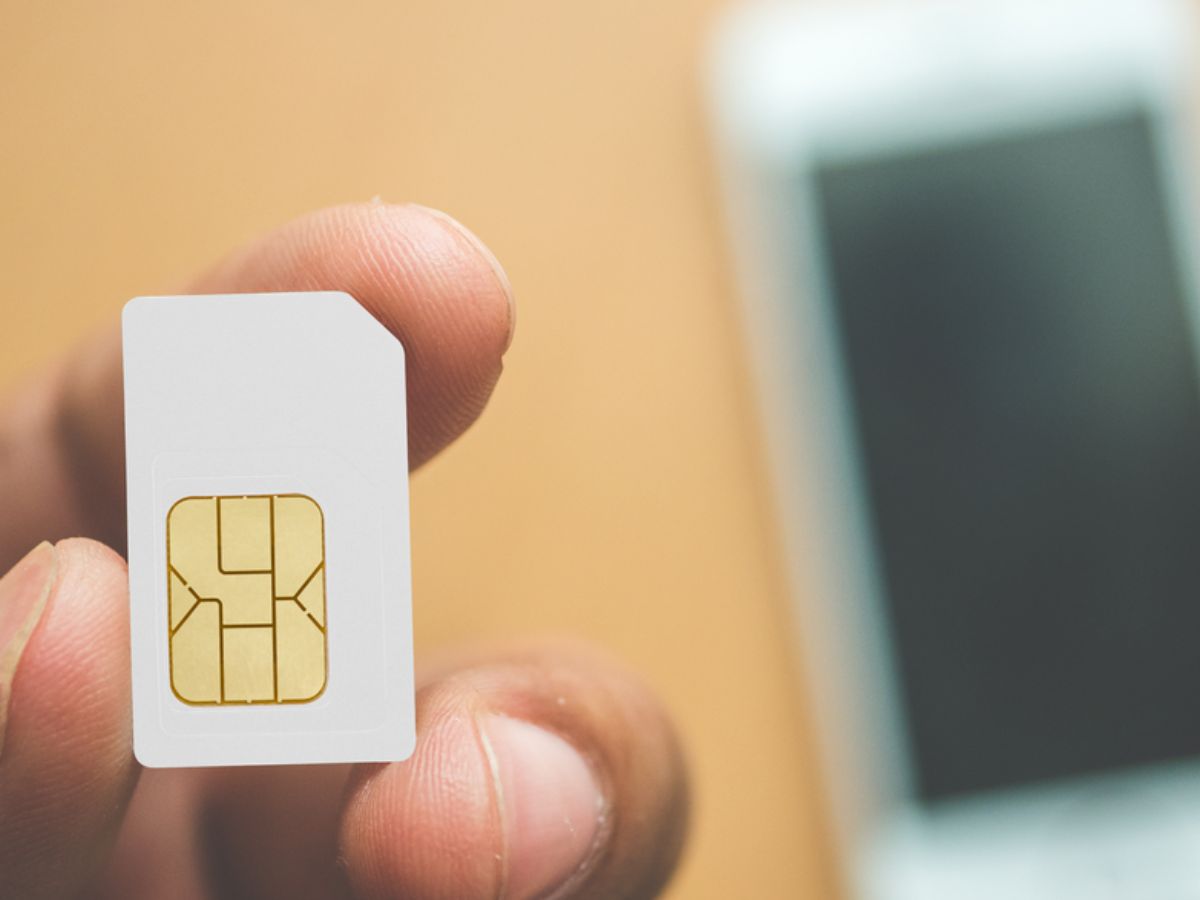Introduction
Welcome to our comprehensive guide on understanding and fixing the "SIM Card Not Supported" issue. If you're encountering this frustrating problem with your mobile device, you're not alone. This guide aims to shed light on the various causes of this issue and provide effective solutions to help you resolve it.
The "SIM Card Not Supported" error message can be a major inconvenience, disrupting your ability to make calls, send texts, and access mobile data. Whether you're a seasoned mobile device user or a newcomer to the world of smartphones, encountering this issue can be perplexing and disheartening. However, with the right knowledge and troubleshooting steps, you can regain control of your device and restore its functionality.
In the following sections, we'll delve into the underlying reasons behind the "SIM Card Not Supported" issue, explore common causes that may trigger this error, and equip you with practical solutions to address the problem. By the end of this guide, you'll have a clear understanding of what prompts this issue and the steps you can take to rectify it, empowering you to confidently tackle this obstacle and get your mobile device back on track.
So, let's embark on this journey together as we unravel the mysteries of the "SIM Card Not Supported" issue and arm you with the knowledge and strategies needed to conquer it. Whether you're facing this problem for the first time or seeking a reliable resource to guide you through the troubleshooting process, this guide is designed to be your go-to companion in navigating and resolving the "SIM Card Not Supported" issue.
Understanding the "SIM Card Not Supported" Issue
The "SIM Card Not Supported" issue is a perplexing and disruptive error that can manifest on mobile devices, leaving users unable to make calls, send texts, or access mobile data. This problem often arises when the device fails to recognize or authenticate the inserted SIM card, leading to a frustrating experience for users.
At its core, the "SIM Card Not Supported" error signifies a breakdown in the communication between the mobile device and the SIM card. This breakdown can be triggered by a range of factors, including hardware issues, software glitches, or compatibility conflicts. When the error occurs, users are typically met with a notification or message indicating that the SIM card inserted in the device is not supported, despite it being a compatible or previously functional card.
Understanding the root causes of this issue is crucial in devising effective solutions. It's essential to recognize that the error is not solely confined to a specific brand or model of mobile device, as it can affect a diverse array of smartphones and tablets. This universality underscores the significance of comprehending the various triggers that can lead to the "SIM Card Not Supported" error.
Furthermore, the error can surface under different circumstances, such as when activating a new device, switching carriers, or encountering unexpected network disruptions. This underscores the multifaceted nature of the issue and the need for a nuanced understanding of its origins.
In essence, comprehending the "SIM Card Not Supported" issue entails delving into the intricacies of mobile device connectivity, SIM card authentication protocols, and the interplay between hardware and software components. By gaining insight into these underlying mechanisms, users can better grasp why the error occurs and how it impacts their device's functionality.
As we move forward in this guide, we'll explore the common causes that underpin the "SIM Card Not Supported" issue, shedding light on the factors that can instigate this perplexing error. Armed with this understanding, you'll be better equipped to navigate the troubleshooting process and implement targeted solutions to address the issue effectively.
Common Causes of the Issue
The "SIM Card Not Supported" issue can stem from a variety of factors, each contributing to the breakdown in communication between the mobile device and the SIM card. Understanding these common causes is pivotal in diagnosing and resolving the issue effectively. Here are the primary triggers that can lead to the "SIM Card Not Supported" error:
-
SIM Card Compatibility: Incompatibility between the SIM card and the mobile device is a prevalent cause of the error. This can occur when a SIM card from a different carrier or region is inserted into the device, leading to a mismatch in network protocols and authentication procedures. Additionally, using an outdated or damaged SIM card may also trigger compatibility issues, resulting in the "SIM Card Not Supported" error.
-
Network Locks and Restrictions: Mobile devices that are locked to a specific carrier or network may encounter the "SIM Card Not Supported" error when an incompatible SIM card is inserted. This is commonly observed when users attempt to use a device with a SIM card from a different carrier, leading to the device rejecting the card and displaying the error message.
-
Software Updates and Glitches: Software updates or glitches within the mobile device's operating system can disrupt the recognition and authentication of the inserted SIM card. In some instances, a flawed software update may lead to conflicts with the SIM card, triggering the "SIM Card Not Supported" error. Similarly, software glitches or corruption within the device's firmware can impede the proper functioning of the SIM card, resulting in the error message.
-
Physical Damage or Misalignment: Physical damage to the SIM card or the device's SIM card slot can impede the proper insertion and detection of the card. This includes issues such as a bent or damaged SIM card, as well as misalignment or obstruction within the device's SIM card slot. Such physical impediments can prevent the device from recognizing the SIM card, leading to the "SIM Card Not Supported" error.
-
Carrier Activation Issues: When activating a new device or switching to a different carrier, activation-related issues can contribute to the "SIM Card Not Supported" error. This may occur due to incomplete or erroneous activation procedures, network provisioning delays, or discrepancies in the device's IMEI/MEID registration with the carrier's network.
By identifying these common causes of the "SIM Card Not Supported" issue, users can gain valuable insights into the factors that may be triggering the error on their mobile devices. This understanding serves as a foundation for implementing targeted solutions to address the issue effectively.
How to Fix the "SIM Card Not Supported" Issue
Resolving the "SIM Card Not Supported" issue requires a systematic approach that addresses the underlying causes and implements targeted solutions to restore the functionality of the mobile device. By leveraging a combination of hardware and software troubleshooting methods, users can effectively mitigate the error and regain seamless access to their mobile network. Here's a comprehensive guide on how to fix the "SIM Card Not Supported" issue:
-
Verify SIM Card Compatibility: Begin by ensuring that the inserted SIM card is compatible with the mobile device and the associated carrier network. If the device is network locked, consider contacting the carrier to unlock it or obtain a compatible SIM card. Additionally, inspect the SIM card for any physical damage or signs of wear that may hinder its functionality.
-
Restart the Device: A simple yet effective troubleshooting step involves restarting the mobile device. This can help reset the device's network settings and clear any temporary glitches that may be contributing to the "SIM Card Not Supported" error.
-
Update Device Software: Check for available software updates for the mobile device and install them if applicable. Software updates often include bug fixes and improvements that can address compatibility issues with SIM cards and enhance the device's overall functionality.
-
Reset Network Settings: Navigate to the device's network settings and perform a network reset. This can help clear any network-related configurations that may be causing the "SIM Card Not Supported" error, allowing the device to re-establish a connection with the inserted SIM card.
-
Re-seat the SIM Card: Power off the device and carefully remove the SIM card. Inspect the card and the SIM card slot for any debris or physical obstructions. Then, re-insert the SIM card securely and power on the device to see if the error persists.
-
Contact Carrier Support: If the issue persists, consider reaching out to the carrier's customer support for assistance. They can provide insights into network compatibility, activation status, and potential network provisioning issues that may be affecting the SIM card's functionality.
-
Seek Professional Assistance: In cases where the "SIM Card Not Supported" issue persists despite troubleshooting attempts, consider seeking professional assistance from authorized service centers or mobile device technicians. They can conduct in-depth diagnostics and repairs to address any underlying hardware or firmware issues contributing to the error.
By following these steps and systematically troubleshooting the "SIM Card Not Supported" issue, users can effectively identify and address the root causes of the error, restoring their device's ability to recognize and authenticate the inserted SIM card. This proactive approach empowers users to navigate the troubleshooting process with confidence and regain uninterrupted access to their mobile network.
Conclusion
In conclusion, the "SIM Card Not Supported" issue can be a perplexing and disruptive obstacle for mobile device users, impacting their ability to connect to cellular networks and utilize essential communication features. Throughout this comprehensive guide, we have delved into the intricacies of this issue, shedding light on its common causes and providing practical solutions to address it effectively.
By understanding the multifaceted nature of the "SIM Card Not Supported" error, users can navigate the troubleshooting process with confidence and implement targeted strategies to restore their device's functionality. From identifying SIM card compatibility issues to leveraging software and hardware troubleshooting methods, the guide has equipped users with a holistic approach to resolving this perplexing error.
It is essential to recognize that the "SIM Card Not Supported" issue may arise from a combination of factors, including SIM card compatibility, network locks, software glitches, physical damage, and carrier activation issues. This underscores the need for a nuanced understanding of the issue and a proactive approach to troubleshooting.
As users encounter this error, they are encouraged to verify the compatibility of their SIM card, perform device restarts, update software, reset network settings, and seek assistance from carrier support if necessary. Additionally, in cases where the issue persists, professional assistance from authorized service centers or technicians can provide in-depth diagnostics and repairs to address underlying hardware or firmware issues.
By following the guidance outlined in this guide, users can navigate the complexities of the "SIM Card Not Supported" issue with clarity and determination, ultimately restoring their device's connectivity and reclaiming uninterrupted access to mobile networks.
Ultimately, this guide serves as a valuable resource for individuals facing the "SIM Card Not Supported" issue, empowering them to overcome this obstacle and regain control of their mobile devices. By fostering a deeper understanding of the issue and providing actionable solutions, this guide aims to alleviate the frustration and inconvenience associated with the "SIM Card Not Supported" error, enabling users to enjoy seamless connectivity and communication on their mobile devices.







